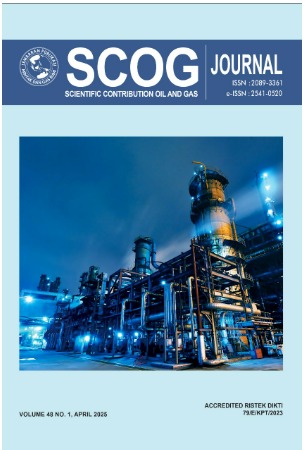
ABSTRACT - The aim of this study is to analyze the role of the upstream oil and gas sector within Indonesia’s economy in terms of its linkages to other sectors and the multiplier effects it produces. The input-output (IO) analysis method is applied by calculating the total, backward, and forward linkage index and multiplier effect index values of the upstream oil and gas sector. Building upon a previous study using the 2005 BPS IO Database updated in 2010 (2005 IO), this study used the 2010 IO Database released by BPS in 2015 (2010 IO) and the 2016 IO Database released in 2021 (2016 IO), processing the data using Python-based software. Based on calculations using the 2010 IO Database, 93 sectors had linkages to the upstream oil sector and 104 to the upstream gas sector, whereas the 2016 IO Database identified 96 sectors with linkages to the upstream oil sector and 113 to the upstream gas sector. Simulated calculation and analysis results revealed an increase in the total (backward and forward) linkage index values of the upstream oil and gas sector, from 3.8801 to 4.0826 for the upstream oil sector and from 3.1256 to 3.3940 for the upstream gas sector. With regard to multiplier effects, simulated calculation results also pointed toward an increase in total multiplier index values, from 6.1855 to 7.8943 for the upstream oil sector and from 4.9828 to 6.5630 for the upstream gas sector. The increase in the national upstream oil and gas sector’s total multiplier index correlates with an increase in linkages between the upstream oil and gas sector and other sectors in Indonesia’s economy as a whole, both backward and forward. Analysis results showed that the greater the multiplier index reported by a sector with linkages to the upstream oil and gas sector, the greater the total multiplier index produced in the upstream oil and gas sector.

Oleh :
Pri Agung Rahmanto